How To Grow Desert Rose (Adenium Obesum)

Introduction
Meet the Desert Rose, alias Adenium Obesum, a unique slow-grower with a voluptuous stem and enchanting pink blooms. It demands minimal care and thrives indoors in temperate climates, perfect for plant enthusiasts. Originating from eastern Africa and Arabia, its vibrant flowers and thick stems add flair to any space. This evergreen beauty, ranging from 1 to 3 meters, flaunts spiral leaves and tubular red or pink blossoms, sometimes accompanied by a whimsical whitish blush. Caution: Its roots and stem harbor a poisonous sap—a natural defense in the wild. In this article, you will learn how to grow Desert Rose with our comprehensive guide to ensure a thriving and vibrant plant
Popular Types And Varieties of Desert Rose Plant
Here are detailed descriptions of some popular types and varieties of Desert Rose:
1.1 Adenium Obesum
- Description: The quintessential Desert Rose, admired for its thick, bulbous stem and vibrant, funnel-shaped flowers. Available in various colors, including shades of pink, red, and white.
- Characteristics: Hardy, is adaptable, and a prolific bloomer, making it a favorite among enthusiasts.
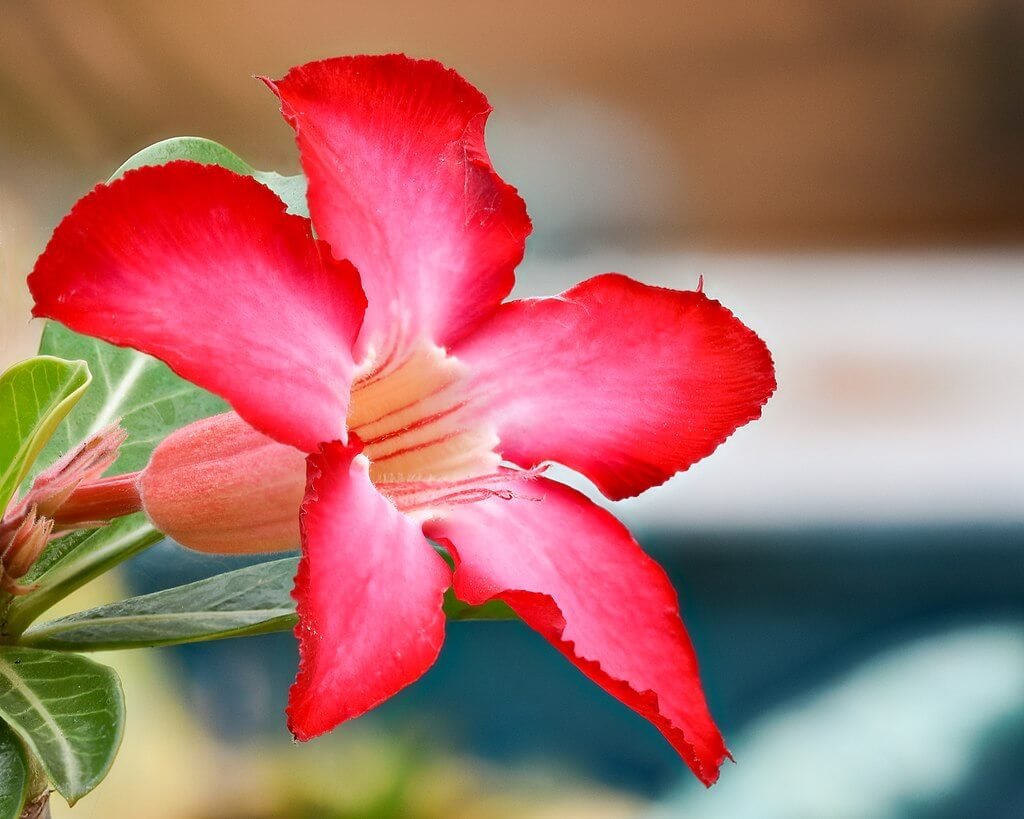
1.2 Adenium Arabicum
- Description: Renowned for its unique forms and captivating flower patterns, Adenium Arabicum adds an exotic touch to any collection.
- Characteristics: Distinctive growth patterns, with flowers showcasing intricate designs and color variations.
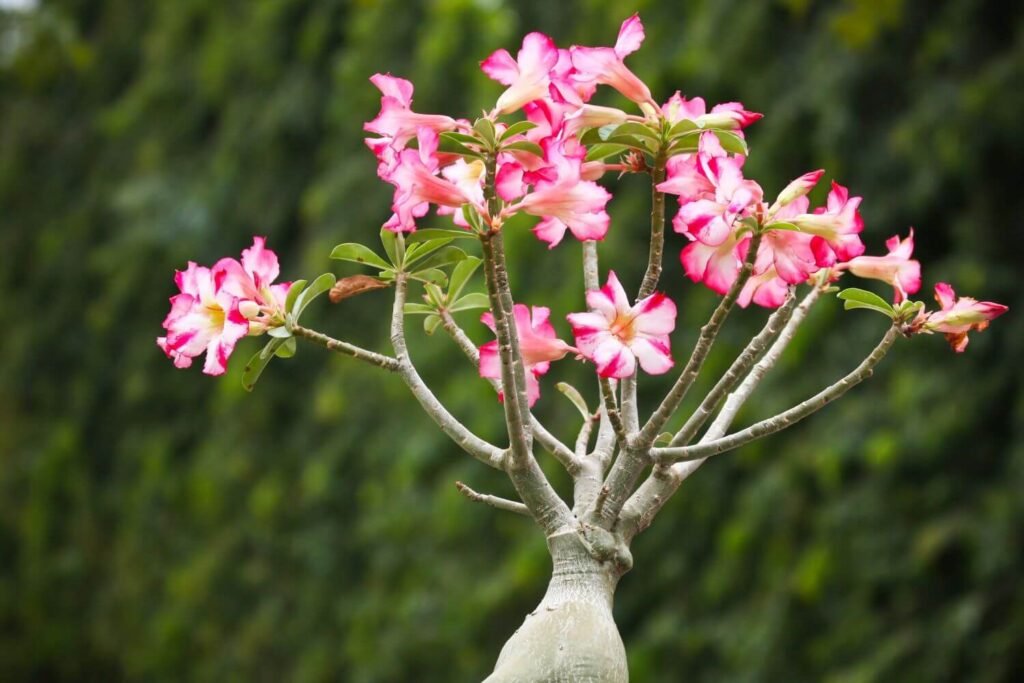
1.3 Adenium Somalense
- Description: Characterized by a slender appearance and a striking arrangement of leaves, Adenium Somalense stands out for its elegant form.
- Characteristics: Graceful growth habit, making it an appealing choice for those seeking a more refined Desert Rose variety.
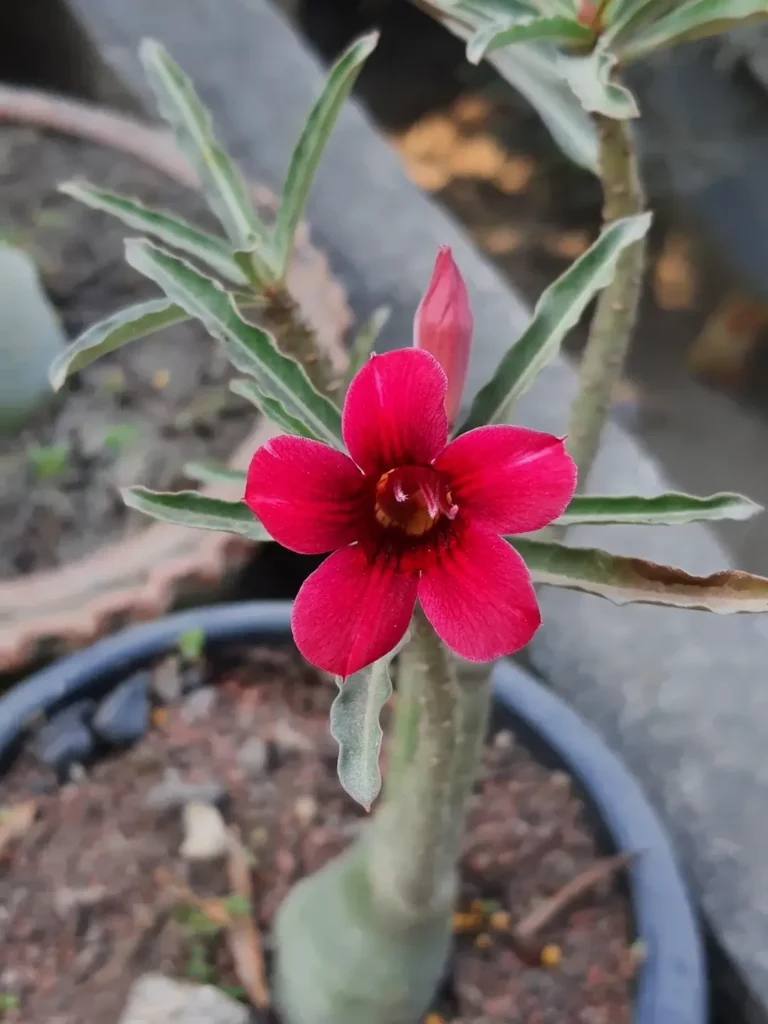
1.4 Adenium Multiflorum
- Description: Named for its multiple flowers per cluster, Adenium Multiflorum creates a spectacular display of colors when in full bloom.
- Characteristics: Abundant and varied flowers, enhance the visual appeal of this Desert Rose.
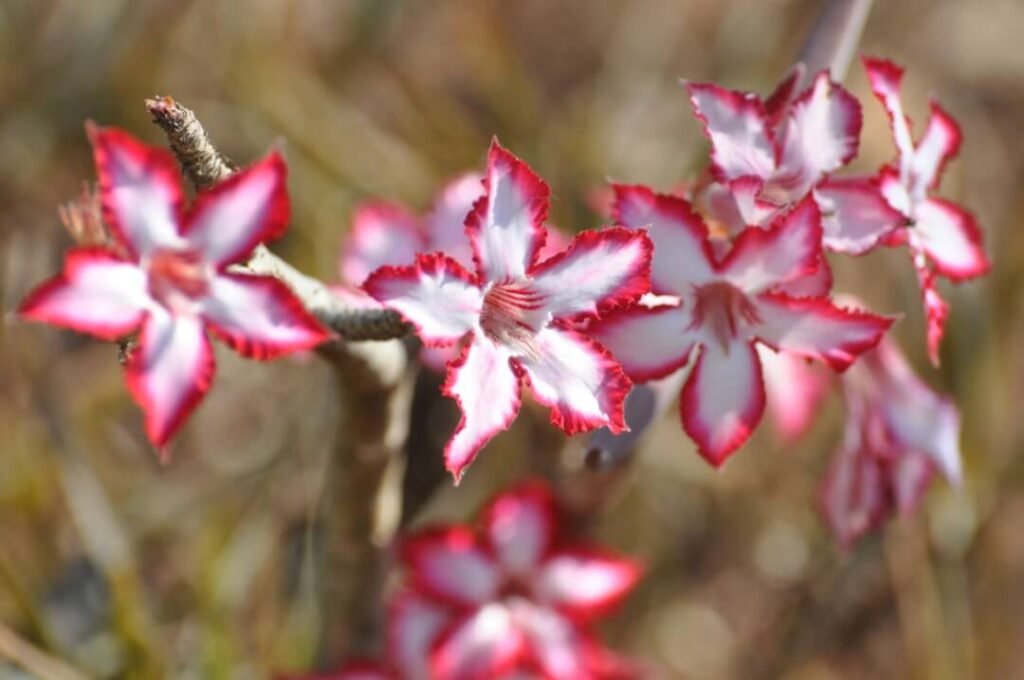
1.5 Adenium Socotranum
- Description: Rare and captivating, Adenium Socotranum is known for its unique caudex, a swollen trunk, and stunning, large flowers.
- Characteristics: Impressive size, with an architectural presence, making it a prized specimen for collectors.

1.6 Adenium Swazicum
- Description: Native to Swaziland, this variety features beautiful, trumpet-shaped flowers and a compact growth habit.
- Characteristics: Distinctive floral shapes and vibrant colors, add a touch of elegance to any garden.
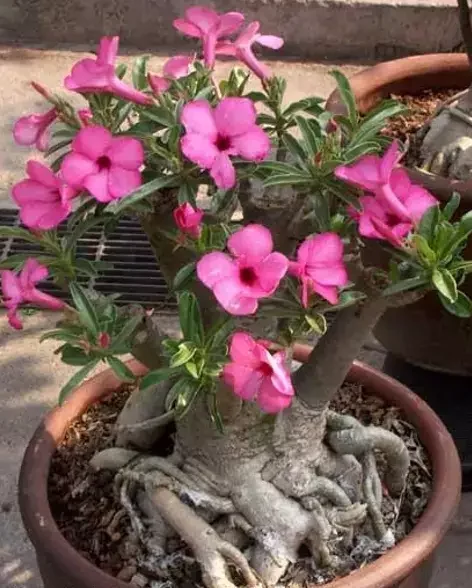
1.7 Adenium Boehmianum
- Description: Compact and charming, Adenium Boehmianum is an ideal choice for smaller spaces or container gardening.
- Characteristics: Manageable size, making it suitable for various settings, with the characteristic Desert Rose features.
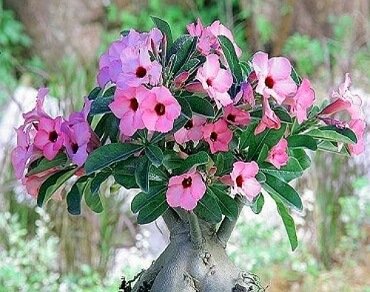
1.8 Adenium Crispum
- Description: Known for its unique feature of curled leaf edges, Adenium Crispum introduces an interesting texture to the Desert Rose family.
- Characteristics: Eye-catching foliage, adding a distinctive and appealing element to your collection.
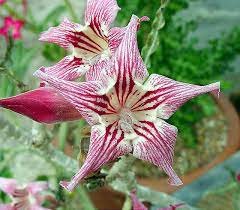
These popular types and varieties showcase the diversity and beauty within the Desert Rose family, offering enthusiasts a wide range of options to explore and cultivate in their gardens
Essential Care Guidelines for Optimal Growth
Before diving into Desert Rose cultivation, acquaint yourself with its key requirements. Resembling a miniature tree with visible roots, this plant boasts beautiful year-round blooms. Understanding these needs is crucial for fostering optimal growth.
Illuminating Care: Sunlight Guidelines for Your Desert Rose
- Abundant Sunlight: Ensure your Desert Rose receives ample bright indirect sunlight, vital for its well-being. This requirement holds even during winter.
- Sunlight Caution: Exercise caution with direct sunlight exposure, particularly for young plants or new growth. Some cactus varieties can tolerate it, but Desert Roses may be sensitive.
- Prudent Approach: When in doubt, prioritize bright indirect light to protect the well-being of your Desert Rose, fostering a healthy and thriving indoor environment.
Proper Watering Practices
- Drought-Tolerant Marvels: Adenium obesum, known for its drought tolerance, demands a strategic watering approach to flourish.
- Timing is Key: During the plant’s active growth in spring and summer, ensure hydration as soon as the soil fully dries out.
- Winter Dormancy: In winter dormancy, cacti, including Adenium obesum, can endure extended periods without water.
Conditions Dictate Frequency: Temperature and Sunlight
Tailor your watering schedule to overall conditions, considering factors like temperature and sunlight levels.
- Temperature Influence: Plants near sunny windows in consistently warm temperatures (over 70°F) require more frequent watering.
- Beware of Root Rot: Desert Rose plants are prone to root rot if over-watered; err on the side of under-watering to prevent issues.
- Patience Pays Off: It’s often better to under-water than over-water. If unsure, wait a few days unless signs of dehydration are evident.
Optimal Soil Mix for Adenium Obesum: Ensuring Proper Drainage
Discovering how to grow desert rose begins with selecting well-draining soil.
- Soil Selection: Choose a bagged soil-less potting mix for indoor plants when potting Adenium obesum.
- Crucial Drying Period: Ensure the soil dries out completely before initiating the next watering, a key practice for Desert Roses.
- Tailoring the Mix: Enhance drainage by incorporating a specific Desert Rose potting soil mix if you notice prolonged soil moisture.
- Repotting Strategy: Consider amending the soil mix during repotting, especially when transferring the plant to a larger pot. By prioritizing proper soil selection and incorporating Desert Rose-specific mixes you’ll provide an environment that supports the essential drying cycle for your Adenium obesum.
Creating a Cozy Habitat: Temperature Considerations for Your Desert Rose Plant
- Temperature Thresholds: Maintain a minimum temperature of 50°F to ensure your Desert Rose’s well-being, although higher temperatures are preferred.
- Optimal Comfort Zone: For an even happier plant, provide a consistently warmer environment, ideally around 65°F or above.
- Guard Against Chills: Protect your Desert Rose from chilly drafts by positioning it away from exterior doors and draft-prone areas. By adhering to these temperature guidelines, you’ll create an ideal habitat for your Desert Rose, promoting its overall health and vitality.
Maintaining a Dry Haven: Humidity Management for Adenium Obesum
- Optimal Conditions: Houseplants in the Cactus Family Thrive in Dry Environments. Favorable conditions for Desert Rose plants involve low to average humidity levels, reflecting their preference for dry surroundings.
- Moisture Management Strategies: Keep your plant comfortably dry by using various methods to maintain an ideal moisture level.
- Grouping plants together
- Placing the pot on a tray with water and pebbles
- Periodic misting
- Employing a room humidifier
- Location Matters: Avoiding high-humidity zones. Prevent placing your Adenium obesum in areas with elevated humidity, such as bathrooms or kitchens, to safeguard against potential moisture-related issues.
By implementing these practices, you’ll create an environment that aligns with the Desert Rose’s preference for drier conditions, ensuring its thriving health.
Nourishing Your Desert Rose: Fertilizer Guidelines
- Moderate Feeding Approach: Desert Rose plants aren’t heavy feeders, requiring a balanced approach to fertilization.
- Monthly Liquid Boost: During the growing season, administer a diluted liquid fertilizer monthly to support new growth.
- Winter Hiatus: Cease fertilization during the winter months when the plant is in a dormant phase.
- Monitoring Growth Patterns: Adjust fertilizer strength if excessive foliage growth occurs without proportional flowering. In such cases, consider reducing the fertilizer concentration.
- Organic Alternatives: Opt for slow-release organic fertilizer or choose an organic blend specifically formulated for flowering plants.
- Follow Package Instructions: Adhere to the directions on the fertilizer packaging, as each product varies in composition and concentration.
By following these fertilization guidelines, you’ll provide your Desert Rose with the nutrients it needs for balanced and healthy growth throughout its active seasons.
Cultivating Desert Rose from Seed: A Step-by-Step Guide
Explore the step-by-step process of how to grow Desert Rose, from planting to flourishing blooms. Gathering seeds from the Desert Rose seed pod is a practice that demands considerable patience. Given the plant’s slow growth, it may take several months to witness flowering and additional years for seed pod development. The seeds themselves are diminutive and are typically attached to the soft calyx, reminiscent of a dandelion.
Materials Needed
- Desert Rose seeds.
- Well-draining potting mix.
- Planting containers or trays.
- Plastic wrap or a clear plastic dome.
- Watering can or spray bottle.
- Warm, bright location.
Steps
- Seed Selection: Obtain fresh Desert Rose seeds from a reliable source.
- Soil Preparation: Use a well-draining potting mix designed for succulents or cacti.
- Planting: Sow the seeds on the soil surface, pressing them gently into the soil. Then lightly cover the seeds with a thin layer of soil.
- Moistening the Soil: Water the soil thoroughly, ensuring it’s evenly moist but not waterlogged.
- Covering for Humidity: Place a clear plastic wrap or a plastic dome over the planting containers to create a humid environment.
- Warmth and Light: Position the containers in a warm location with bright, indirect light and maintain a temperature of around 70-80°F (21-27°C).
- Germination: Germination typically takes 1 to 4 weeks. Once sprouts emerge, remove the covering.
- Transplanting: When seedlings have grown large enough to handle, transplant them into individual pots.
- Continued Care: Provide bright sunlight for at least 6 hours a day. Water sparingly, allowing the soil to dry out between waterings. Fertilize with a diluted, balanced fertilizer during the growing season.
- Patience and Observation: Be patient and observant, as Desert Rose plants are slow growers. Watch for signs of growth and adjust care accordingly.
By following these steps, you can learn how to grow and cultivate beautiful Desert Rose plants from seeds and enjoy the rewarding process of nurturing them to maturity.
Understanding Desert Rose Growth
Discover the secrets of how to grow Desert Rose successfully, making your gardening journey a breeze.
- Growth Dynamics: The growth rate of your Desert Rose plants is influenced by various factors, including growing conditions, care practices, and the environment.
- Moderate Growth Potential: While they generally exhibit a moderate growth rate, Desert Rose plants have the capacity for relatively quick growth under favorable circumstances.
- Mature Height Range: Expect a mature height of 1 to 3 feet (30 to 90 cm) for your Desert Rose. However, in optimal conditions, they can surpass this range, reaching heights of 6 feet or more in their natural habitat or suitable climates.
Consider treating your Desert Rose to some soft music from time to time! While it might sound unconventional, there’s anecdotal evidence suggesting that plants respond positively to music vibrations. Choose calming tunes, and who knows, your Desert Rose might just thrive with a touch of musical serenade. After all, a little harmony in the environment could be the secret to blossoming beauty!
Maintenance Tip
Pruning and Propagation Tips
- Annual Pruning Ritual: Prune your Desert Rose plant annually to maintain its shape and enhance its aesthetic appeal. This practice also encourages stem thickening and the development of new branches.
- Timing Matters: Optimal pruning time is late summer, ensuring the plant is prepared for seasonal changes and flowering.
- Tools of Precision: Use disinfected pruning shears to trim the plant. Maintain cleanliness by disinfecting the shears with alcohol before making each cut.
- Strategic Cutting: Trim the stem approximately 20 cm from the base to stimulate healthy growth and maintain the plant’s vigor.
- Propagation Procedure:
- To propagate your Desert Rose, snip a portion of a branch.
- Plant the cut branch in a pot filled with soil rich in organic matter.
- With time, the branch will develop roots, transforming into a thriving seedling.
Regular pruning and strategic propagation contribute to the overall health and vitality of your Desert Rose, ensuring it remains a stunning addition to your plant collection.
Boosting Growth with Cinnamon Magic
- Post-Cut Ritual: After cutting a branch for propagation, sprinkle a light coating of cinnamon powder on the exposed cut.
- Germination Spark: Cinnamon acts as a natural stimulant, promoting germination and encouraging the development of new roots.
- Fungal Protection: The antimicrobial properties of cinnamon help safeguard cuttings from potential fungal infections, ensuring a healthier propagation process.
- Sprout Unveiling: With the application of cinnamon, anticipate the emergence of sprouts within a few months, signifying successful propagation.
Enhance your Desert Rose propagation journey with the enchanting touch of cinnamon, providing both a growth stimulant and a protective shield against potential fungal issues.
Guardian Tips for Desert Rose Care: A Protective Approach
- Temperature Shielding: Shield your Desert Rose from colder temperatures as these tropical plants are sensitive to the cold. Ensure they bask in a warm and cozy environment.
- Protective Gear: Always wear gloves when handling your Desert Rose. Avoid contact with eyes or other sensitive areas to prevent any potential irritation.
- Vigilant Inspection Routine: Regularly inspect your plant for signs of infestation. Stay vigilant to catch any issues early on.
- Pest Defense Strategy: If pests are detected, employ the right defense mechanism. Utilize insecticidal soap or horticultural oil to treat the infestation promptly.
Follow our expert advice on how to grow Desert Rose, and transform your space into a haven of exotic flora.
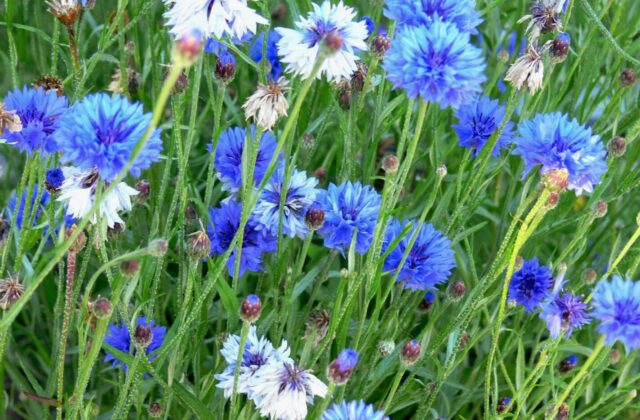
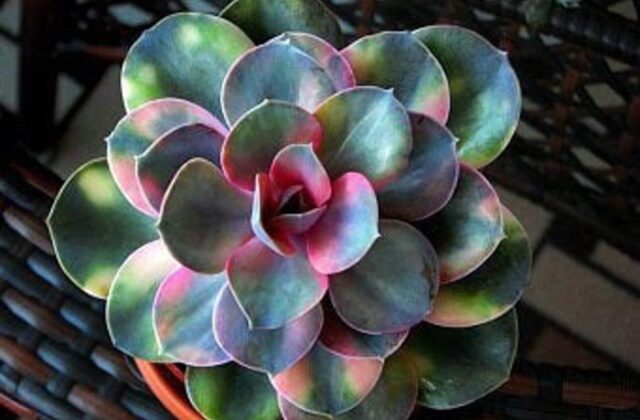
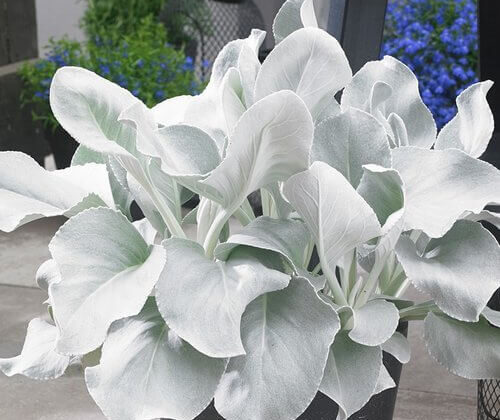
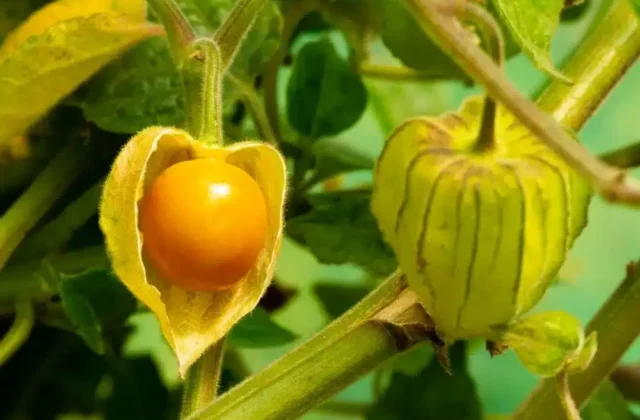

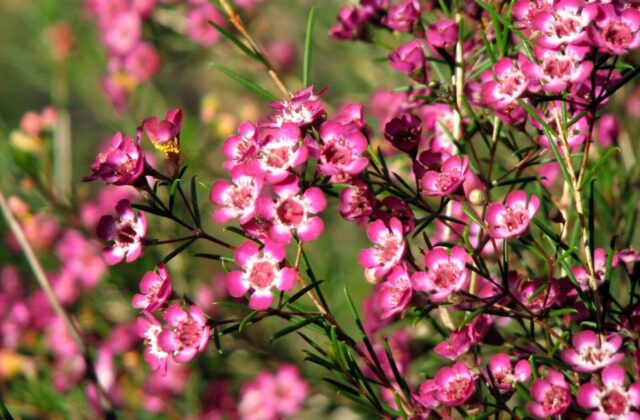
9 comments
merhaba admin siteniz .ok başarılı
merhaba admin siteniz çok güzel
merhaba admin siteniz çok başarılı
merhaba admin siteniz çok başarılı
Thanks for sharing. I read many of your blog posts, cool, your blog is very good.
There are some attention-grabbing points in time on this article however I don’t know if I see all of them middle to heart. There is some validity but I’ll take maintain opinion till I look into it further. Good article , thanks and we would like extra! Added to FeedBurner as nicely
As I website possessor I think the written content here is rattling excellent, appreciate it for your efforts.
Somebody essentially lend a hand to make significantly articles I might state This is the first time I frequented your website page and to this point? I surprised with the analysis you made to create this actual submit amazing Great activity!
To the kelseysfoodreviewscom admin, Thanks for the post!